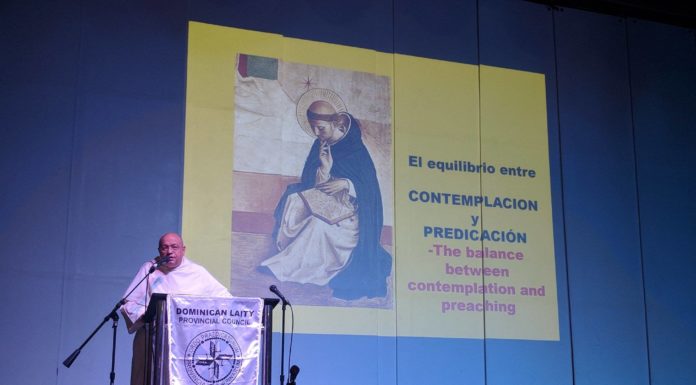FOUR Thomasian scientists are leading in their respective fields, with researches on chemical and biological sensors, gene silencing, taxonomy and plant barcoding now making leaps in the scientific community.
The Chemical Sensor and Biosensor group of the Research Center of Natural and Applied Sciences (RCNAS) established by Fortunato Sevilla III has published at least 85 papers in international journals, which led to several international partnerships, and brought a number of recognitions to the University.
“We [UST] pioneered chemical sensor research in the Philippines,” Sevilla told the Varsitarian.
Their latest project, called “E-Nose,” can be used to differentiate and check the quality of plants using conductive polymers, or substances that conduct electricity.
The “E-Nose” is also capable of detecting therapeutic plants, such as Vitex negundo (Lagundi), Mentha arvensis (Yerba Buena), and Mentha piperita (Peppermint).
Sevilla said the technology was also capable of identifying fake, low quality and adulterate products that might have adverse effects on consumers.
His team is further developing the sensors using new resources such as nano materials that can increase the polymers’ sensitivity.
Natural medicine
Allan Patrick Macabeo and his drug discovery research program based in the RCNAS pioneered contributions in the field of healthcare.
Macabeo has been using biologically active and natural products derived from native medicinal plants to produce medicine and improve synthetic testing methods. His research has opened opportunities for drug discovery and academic purposes.
His research aided in the usage of phytochemicals, or chemical compounds found in plants, from native medicinal plants to fight disease-causing bacteria such as Mycobacterium tuberculosis, which is the most common causative agent of tuberculosis.
Macabeo has also contributed in identifying natural products that can fight cancer and Alzheimer’s disease. His studies have also promoted the conservation of the country's biodiversity.
“The chemical and biotechnological methodologies underlying my projects enable the generation of ecologically and environmentally sound approaches,” Macabeo said in an interview during the awarding ceremony of the 2015 National Science and Technology Week celebration.
“Our projects contribute greatly to the sustainable use of local biodiversity.”
Save the shrimps
Mary Beth Maningas’ research on shrimps is focused on the White Spot Syndrome Virus (WSSV), which has been a growing threat to the global shrimp industry by weakening the immune system of shrimps.
Maningas seeks to create a diagnostic kit to be used in local farms to detect signs of the virus using gene silencing technology, which isolates genes containing signs of the virus.
The four-year project is now on its pilot testing stage. Maningas aims to complete the project by 2016.
Her research on shrimps has received various recognition and funding from various government agencies, including the Philippine Council for Agriculture, Aquatic, and Natural Resources Research and Development of the Department of Science and Technology and the Philippine Higher Education Research Center of the Commission on Higher Education.
Plant barcoding
Grecebio Alejandro, the director of Graduate Research in the Graduate School, has put emphasis on taxonomy particularly on Rubiaceae species, or flowering plants.
His project on DNA Barcoding sought aims to create a database of Philippine medicinal plants by identifying unique markers that could isolate one species from another.
Alejandro’s thrust in taxonomy has garnered recognitions from various award-giving bodies. His recent study on the genus Bikkia (Rubicaeae), which included Bikkiamontayae, a new endemic inland forest species, garnered the 2015 Outstanding Scientific Paper Award from the National Academy of Science and Technology.
Alejandro has named multiple endemic species of Rubicaeae, including Hedyotis papafranciscoi which is named after Pope Francis, and Mussaenda ustii, named after the University.















